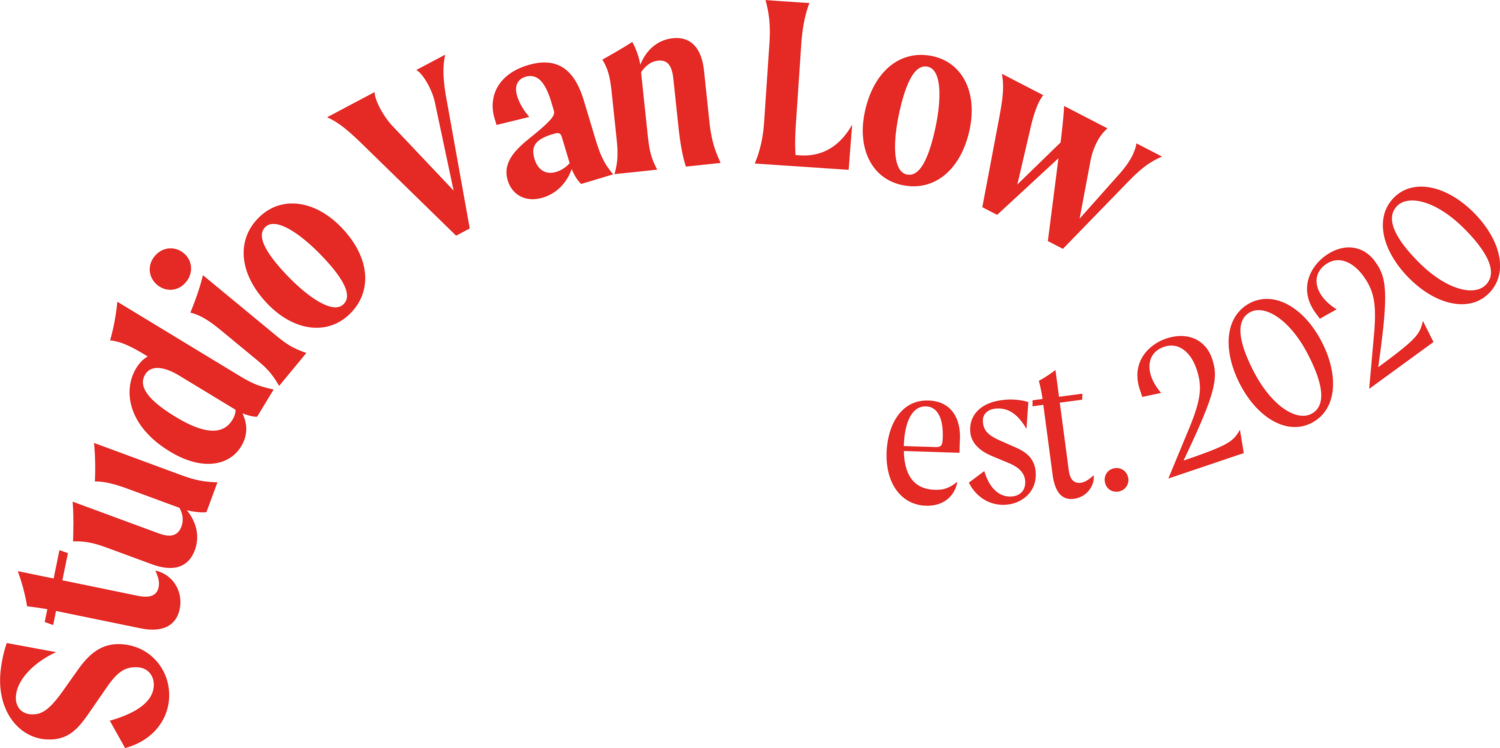Alex Seton: The Great Escape
Published by A Rich Life, February 2020
Alex Seton ‘The Great Escape’, Installation, Goulburn Regional Art Gallery. Image Silversalt Photography
A mastery of marble sculpting has brought Alex Seton’s artworks across the globe, however his newest show The Great Escape signifies a return to his roots in regional New South Wales.
Showing at Goulburn Regional Art Gallery, this is the first time Seton has exhibited so closely to his childhood home of Taralga, a small village in the Southern Tablelands, home to less than 500 people.
Close by is Guineacor Creek and, more aptly, the iconic marble formations at Wombeyan Cave and quarry. The Great Escape is an examination of the artist’s unlikely upbringing and the influence it has had in shaping his career – “my three brothers and I used to spend hours at play in the bush, finding quartz crystals in the dirt, making things from driftwood and clay from the creek. This was another of those activities that seems like amusement during boredom, but is in fact that close observation of materials that would become a lifetime fascination.”
The show’s title is a reference to Australian author Paul Brickhill’s book The Great Escape, which recounts the true story of WWII prisoners-of-war fleeing a camp in Germany. The men escaped by creating three secret tunnels named Tom, Dick and Harry, the last of which was successfully used by 76 men to escape (although the hope was for 220).
It’s thus fitting that Seton’s exhibition starts with a marble tunnel. Entitled The Passage, the work greets visitors outside the gallery’s entrance; a towering structure of limestone and steel, it shows the roughness and solidity of the raw material. However, cut right through the centre, is a human-sized passage made laboriously by the artist (see video documentation in the work Left Turn At Albuquerque), where visitors are invited to enter and touch the roughness of the walls for themselves. Limestone is made from the skeletal fragments of marine organisms being crushed and layered over millions of years; look closely and you may be able to see glimpses of ancient life peeping through.
Inside the show are two more sculptural works that speak to Seton’s relationship with marble, borne of his childhood experiences in the area. For Anything Will Bounce If You Throw It Hard Enough, Seton worked with Marulan onyx and Wombeyan marble. The two polished forms are enlarged versions of ‘perfect’ skipping stones from Guineacor Creek, which borders Seton’s childhood home, and pay homage to arguments with his brothers about what made the perfect throwing object.
The show features The Track at its centre: square tiles made of marble dust collected from Seton’s studio in Sydney that have been baked in a kiln. Baking the dust transformed the Calcium Carbonate CaCo3 (marble) into Calcium Oxide CaO (quicklime), however as the artwork is exposed to air and humidity, it will swell and break down over the course of the show, eventually returning to marble dust and merging into one long track.
Finally, visitors can view The Tunnel which consists of 15 screens displaying video footage made over 13 years by Seton near the Wombeyan Caves. The works are fittingly displayed in a custom-built 13 metre-long tunnel that runs along the length of the gallery.
Alex Seton: The Great Escape
Goulburn Regional Art Gallery
Until 4 April 2020
Things to do in Goulburn
After visiting The Great Escape, which connects directly to the local landscape, nothing would be more suitable than a visit to the Wombeyan Caves. Individual sites such as Fig Tree Cave and Wollondilly Cave have vast natural structures that rival the well-known Jenolan Caves, and can be visited through a variety of tours. If caves aren’t quite your scene, there’s camping, bushwalking and waterholes for swimming. Oh, and plenty of natural places to look for that perfect skipping stone!
-

